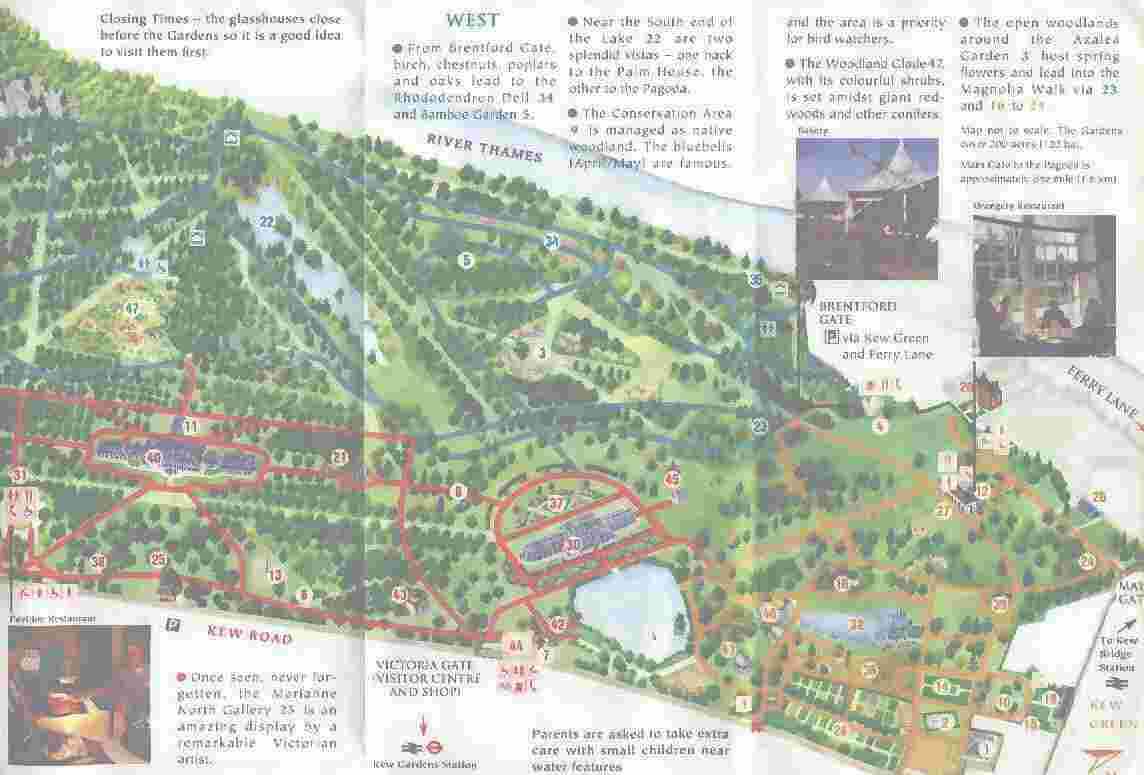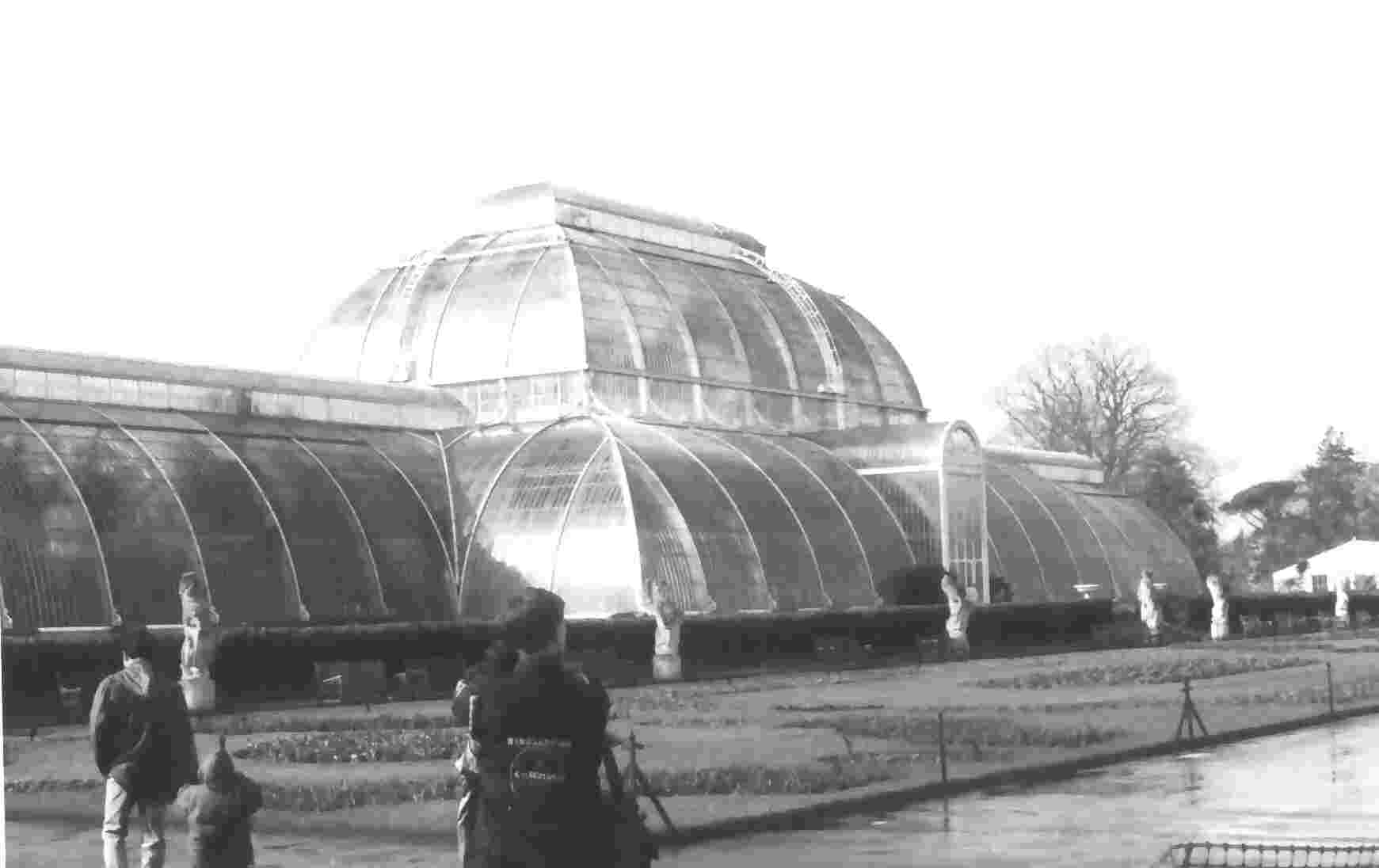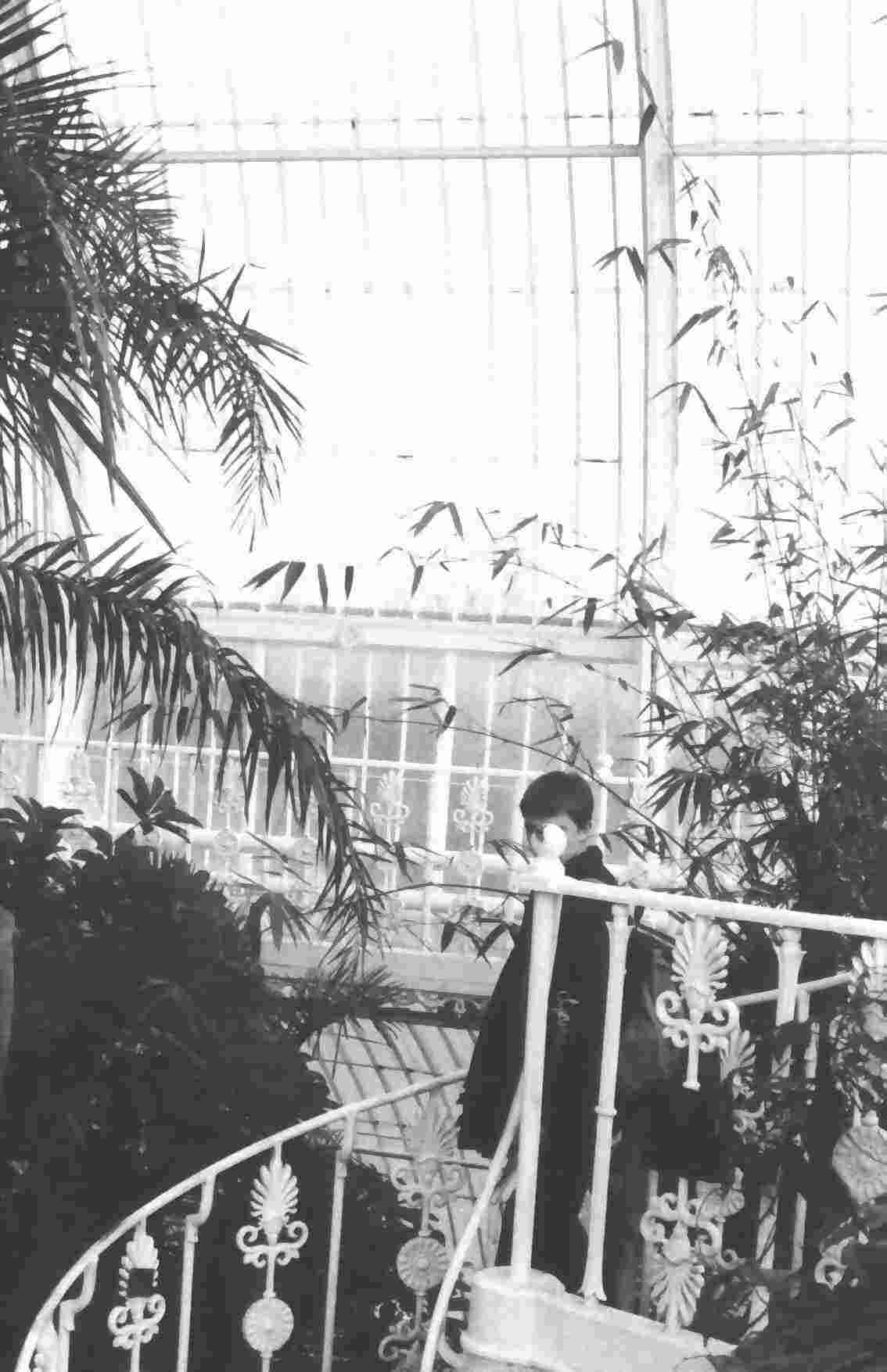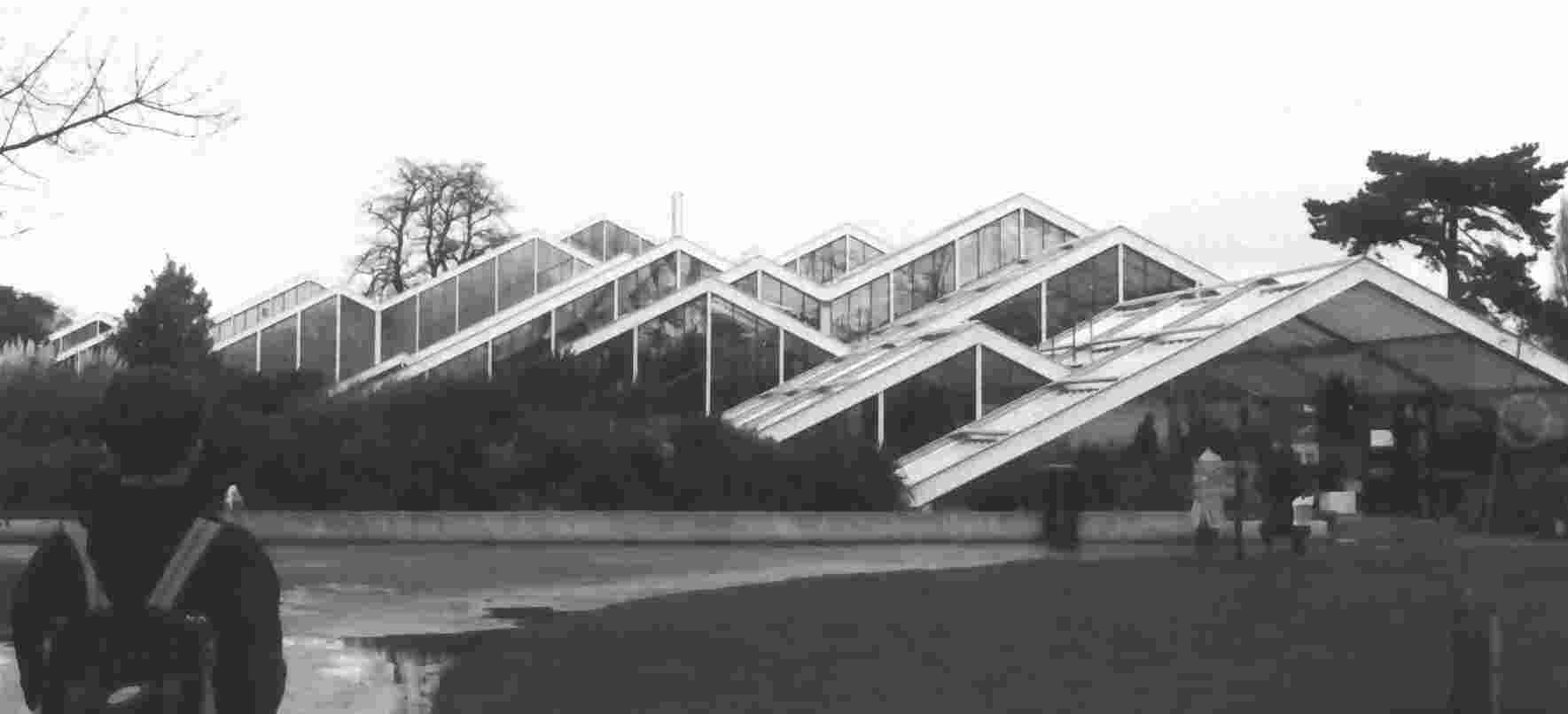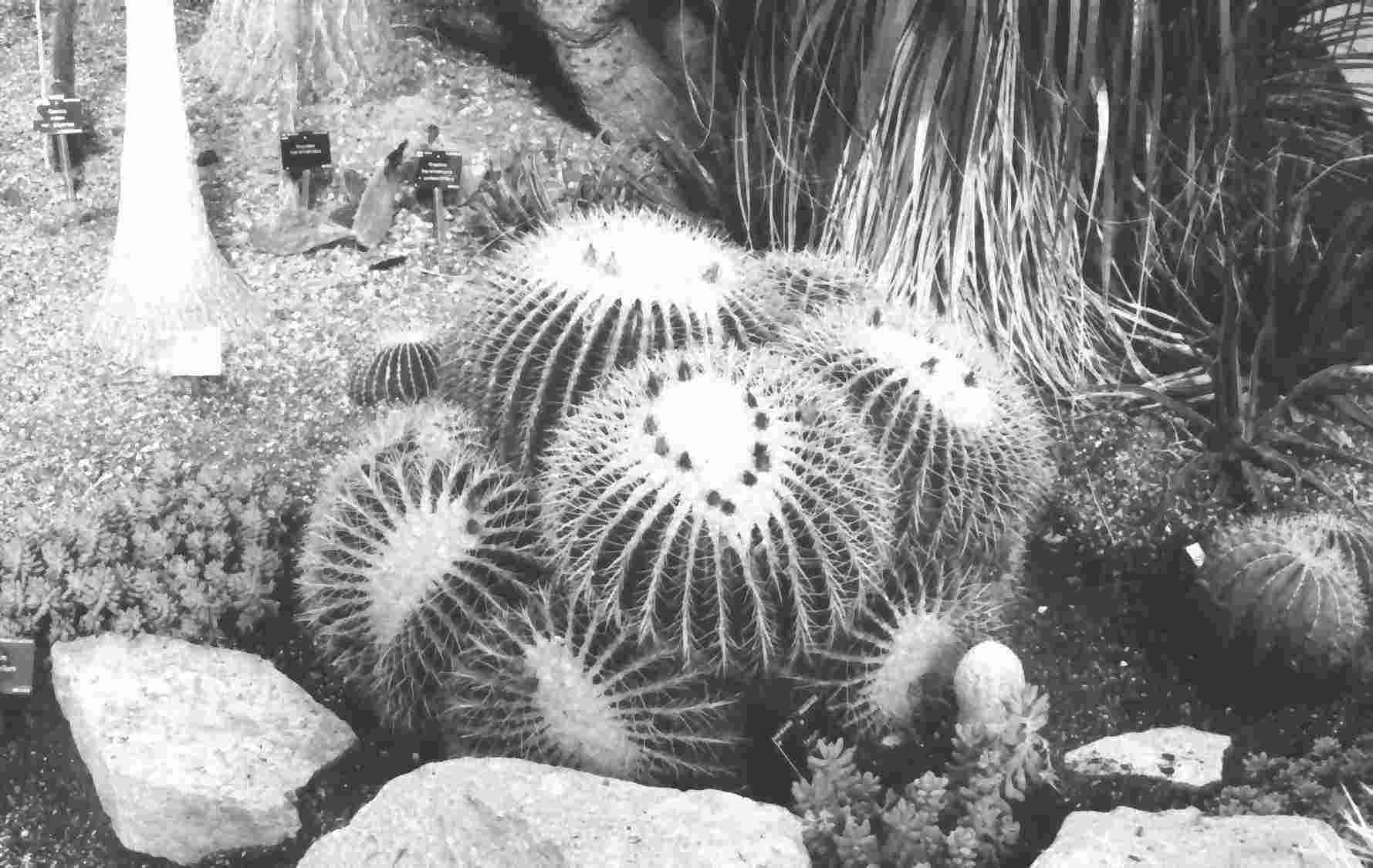|
KewGarden is one of the oldest and surly one of the most beautiful botanical gardens.
You could get the idea that here the botanical science was invented. A lot changed since the time of the gentleman botanic Joseph Banks who sailed with Captain Cook. The famous Green houses from the
nineteen’s century for example, once celebrated as a world sensation. They once showed the way into a new time of steel construction and so into a time of science and art of engineering.
If you are finally in London the underground is the best way to reach KewGarden. Although the garden is a bit outside the city you can easily reach it for a day trip. If you have a day ticked of the tube
London is open for you. After my experience it is the easiest way with the lowest cost to move in the city.
You enter the green line (District) now and you can take a little time to have a look at the city. The Train doesn’t go underground here. How more you leaf the city how less travellers are with you
after a short time you will not even see tourists.
KewGarden has its own station.
We step out into a nice suburb it will remind you on a kind of village. You pass little houses and shops in the typical English stile it reminds you on a kind of bathing resort. It “smells”
holydays on this place.
The walk to the garden is interesting, they expect visitor with an interest on nature science and so is the offer of the shops.
The big city is fare away behind the visitor, only the airport witch is near by reminds you a bit.
At the entrance Victoria Gate comes the unpleasant part first. You pay the entry.But please don’t annoy if you think it is too expansive. It is not. We will get a lot and we support the many
projects of Kew.At the visitors shop we get information about such. Beneath the usual souvenirs we can find some useful and interesting things especially many good books about different botanical interest areas. So be sure to
have some more pounds with you.
Now it depends on long you want to stay.
Witch rout should you take?
The park is parted into three areas. We are in the east part at moment with its fantastic Victorian greenhouses.You should visit both of them. The Temperate House full of light and air with
citrus trees and tea and other exotic species and the palm house with lots of rain forest plants.
Who likes to walk should go to the Japanese pagoda to enjoy the Japanese garden.
If it is springtime you should walk towards the west part with the azalea garden. The London tourist who looks in just for a short visit should take the short way passing the Palm House to the north
part to visit the new Princess of Wales Conservatory. And he should think about returning with more time next time.
With the Palm House we enter a different world. The old but so modern architecture, the rich plant world and not at least the tropical air, tie up the senses. You get the feeling to enter a historical
place of botanic.
At the Princess of Wales Conservatory you enter a modern house that shows ten different climates. Here we find little orchids and giant water lilies. Here are carnivorous plants and succulents. In the
African part you see a bright example of Euphorbia resifinera.Also impressing are the Echinocacti you can see here.The Whole-ecological draft of this house is very convincing.
On the way back to the Victoria Gate you should take the route via the Rock Garden. Here are some very interesting winter resisted succulents. It’s a pity that I had not enough time to have a better look
on it. But at last it’s only another reason to come back.
|
